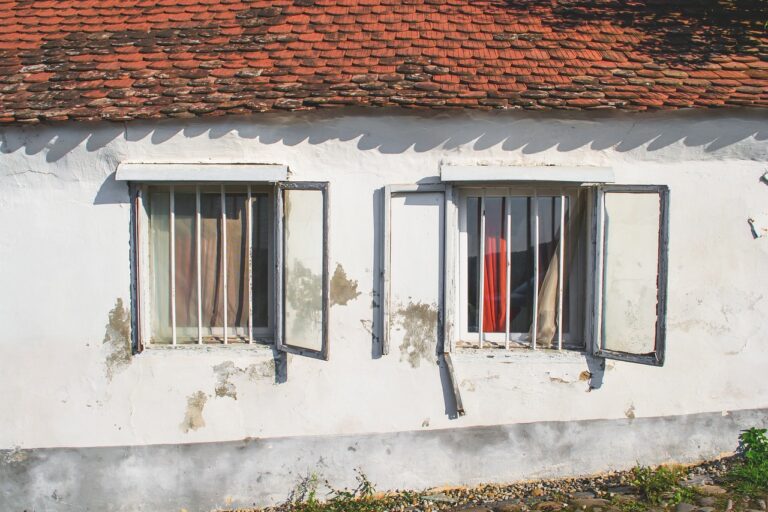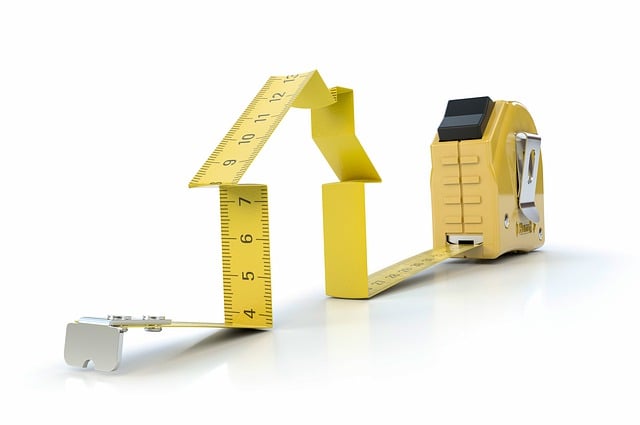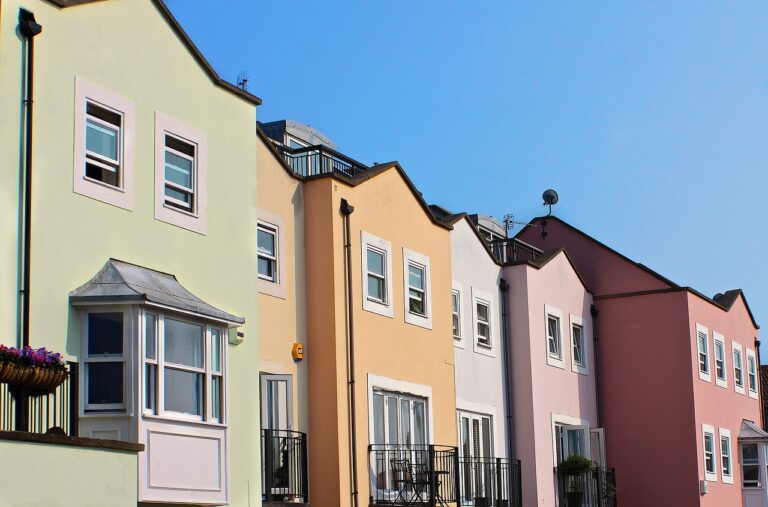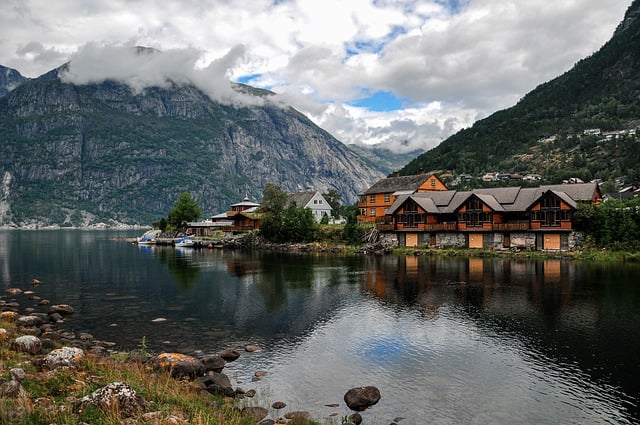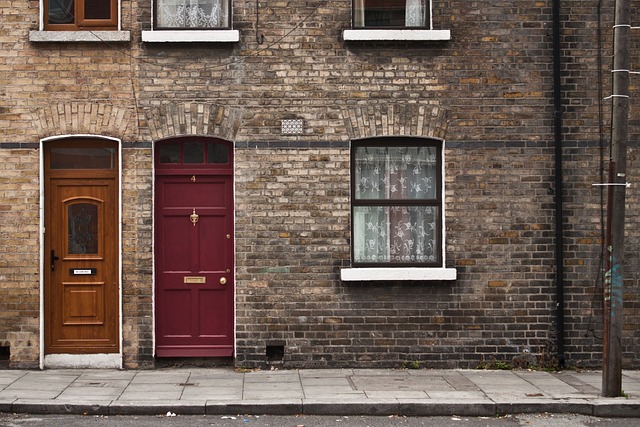The Future of Sustainable Urban Design: Green Spaces, Bike Lanes, and Pedestrian-Friendly Streets
Urban planning for environmental conservation faces numerous challenges, with one of the primary obstacles being balancing the competing interests of economic development and ecological sustainability. The pressure to accommodate growing populations and expand infrastructure often leads to the degradation of natural habitats and ecosystems in urban areas. Striking a harmonious equilibrium between these seemingly conflicting priorities requires careful consideration and strategic decision-making.
Another significant challenge lies in the lack of comprehensive data and information on the environmental impacts of urban development projects. Insufficient research and monitoring make it difficult for planners to accurately assess the long-term consequences of their decisions on the local ecosystems and biodiversity. Without robust data on factors such as air and water quality, green spaces, and wildlife habitats, it is challenging to implement effective conservation measures within urban landscapes.
Innovative Approaches to Promote Green Infrastructure in Cities
In order to promote green infrastructure in urban areas, cities are increasingly incorporating sustainable design elements into their planning strategies. This includes the implementation of green roofs, rain gardens, permeable pavement, and bioswales to manage stormwater runoff effectively. By integrating these components into the urban landscape, cities can reduce flooding, improve water quality, and create habitats for wildlife.
Another innovative approach gaining momentum is the creation of green corridors and networks throughout cities. These interconnected green spaces not only provide recreational areas for residents but also improve air quality, reduce the urban heat island effect, and support biodiversity. By strategically linking parks, gardens, and natural areas, cities can enhance the overall livability and sustainability of their urban environments while promoting a stronger connection between people and nature.
Benefits of Prioritizing Pedestrians in Urban Design
When pedestrians are prioritized in urban design, it can lead to safer and more walkable communities. By designing streets with pedestrians in mind, cities can create environments that are conducive to walking, promoting physical activity and reducing the reliance on vehicles. This not only improves the health and well-being of residents but also helps to decrease traffic congestion and air pollution, creating a more sustainable urban environment.
Furthermore, prioritizing pedestrians in urban design can enhance the overall aesthetic appeal of a city. By incorporating features such as wider sidewalks, pedestrian-friendly crossings, and green spaces, cities can create inviting and vibrant public spaces that encourage community interaction. This not only improves the quality of life for residents but also attracts tourists and boosts local businesses, contributing to the economic vitality of the city.
Encourages physical activity and reduces reliance on vehicles
Improves health and well-being of residents
Decreases traffic congestion and air pollution
Enhances aesthetic appeal of the city
Creates inviting public spaces for community interaction
Attracts tourists and boosts local businesses
Why is prioritizing pedestrians in urban design important?
Prioritizing pedestrians in urban design helps create safer and more walkable environments, reduces traffic congestion, promotes healthier lifestyles, and enhances the overall quality of life for residents.
How can urban planning help promote environmental conservation?
Urban planning can promote environmental conservation by incorporating green infrastructure, such as green spaces, sustainable transportation options, and energy-efficient buildings, into city design.
What are some innovative approaches to promote green infrastructure in cities?
Some innovative approaches to promote green infrastructure in cities include implementing green roofs, rain gardens, permeable pavement, bike lanes, and pedestrian-friendly streetscapes.
How can prioritizing pedestrians benefit urban communities?
Prioritizing pedestrians in urban design can benefit urban communities by improving air quality, reducing noise pollution, increasing property values, fostering social interaction, and promoting economic development.
What are some challenges in urban planning for environmental conservation?
Some challenges in urban planning for environmental conservation include limited resources, competing interests, resistance to change, and the need to balance economic development with sustainability goals.


